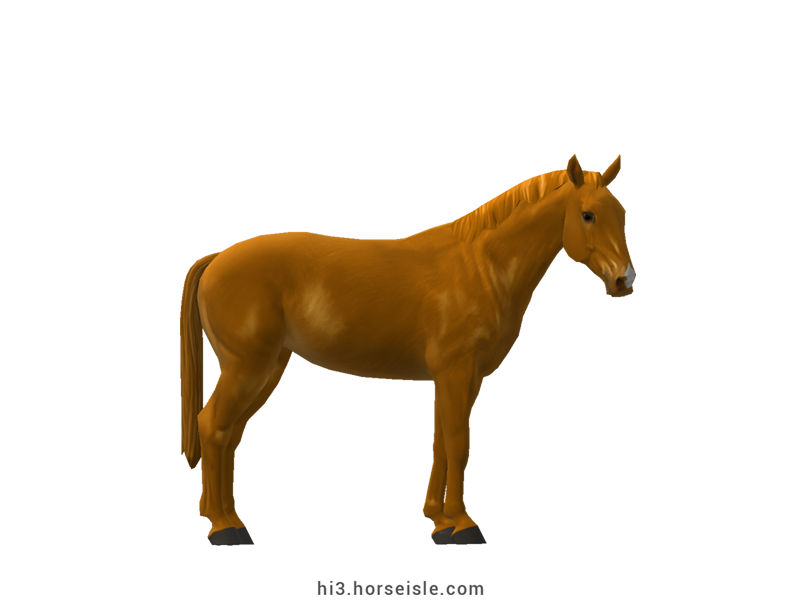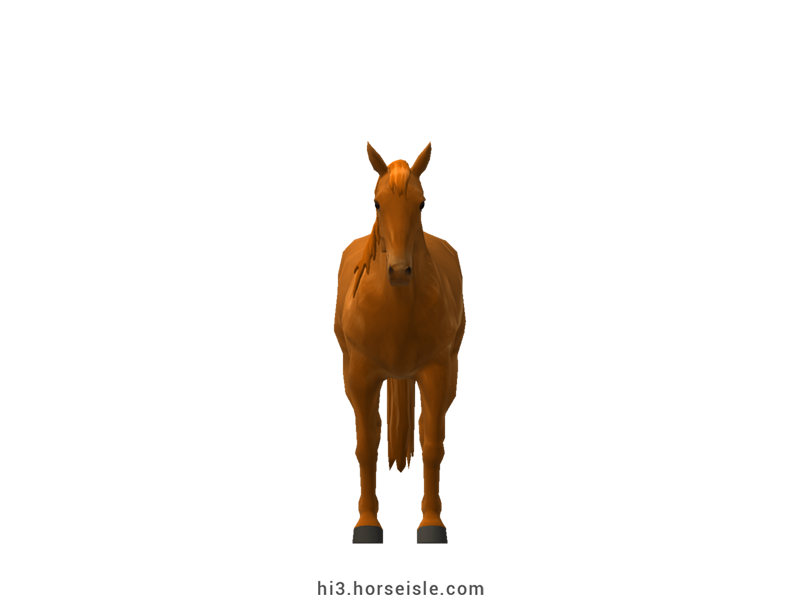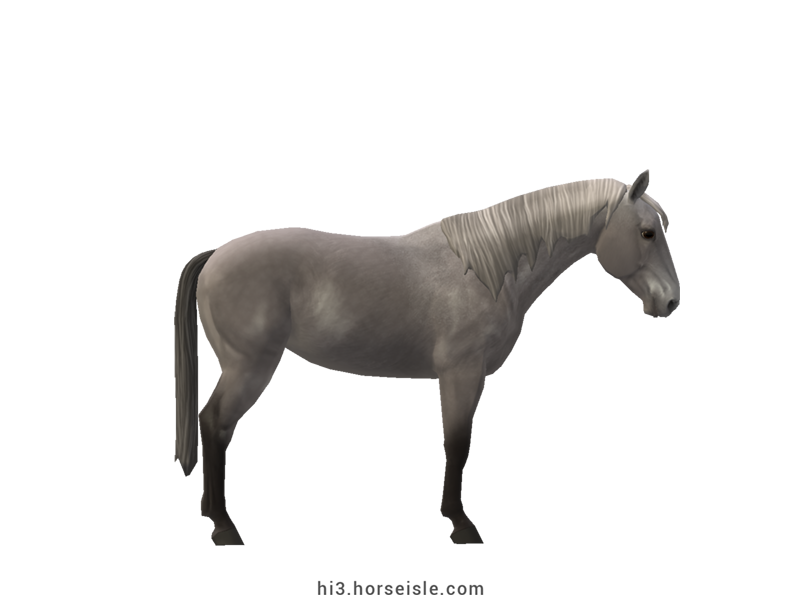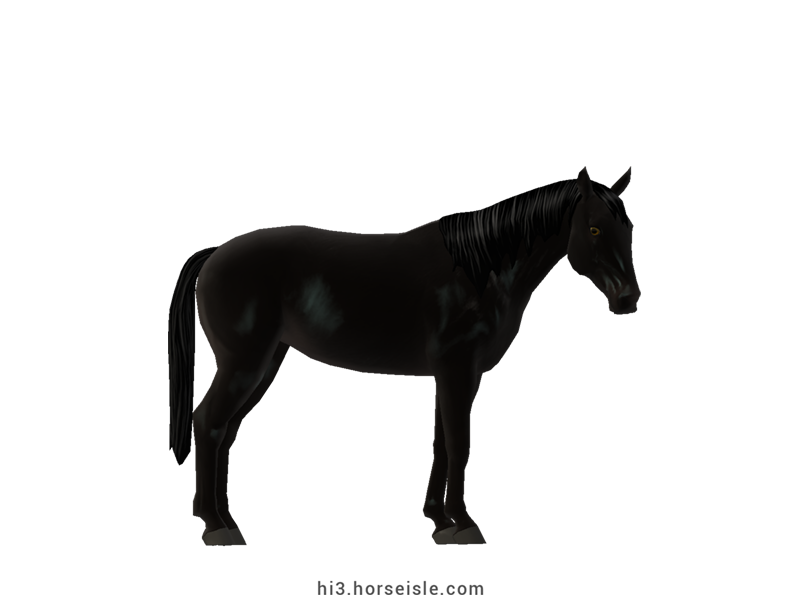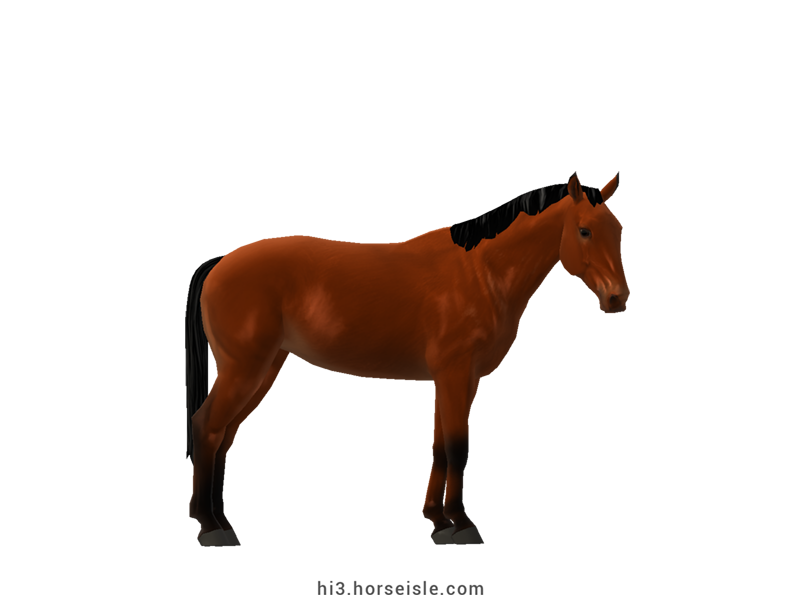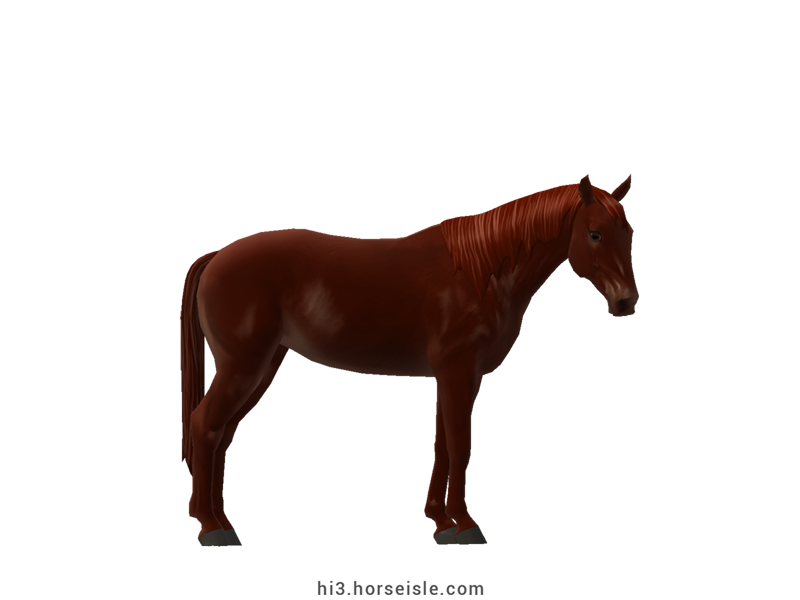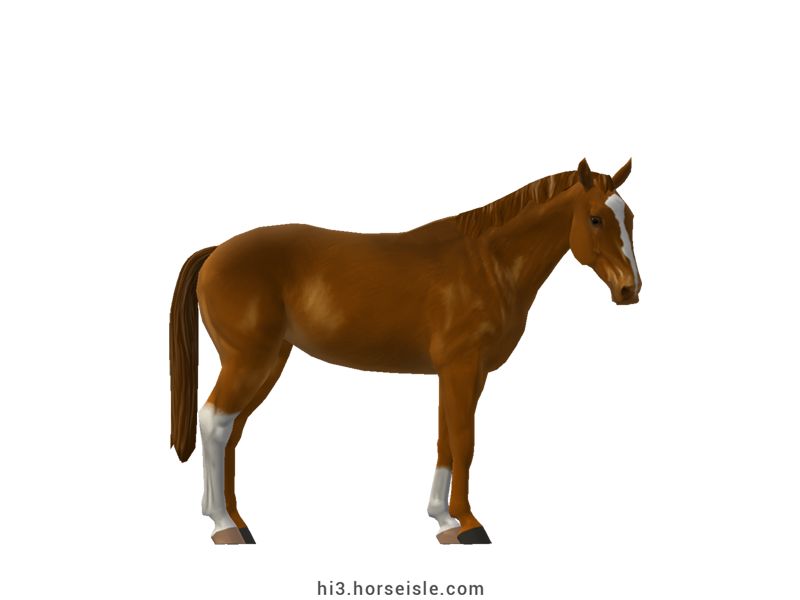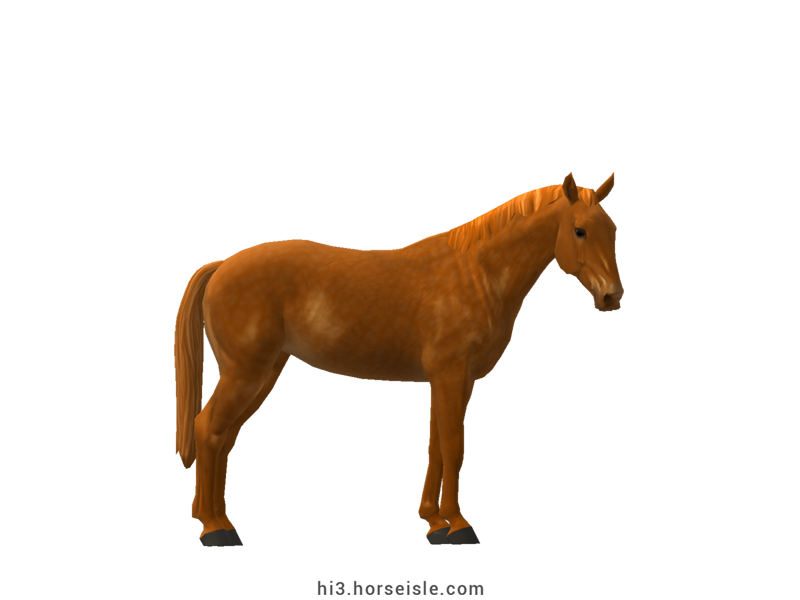Our Massive Real World Equine Reference!
[ INDEX ] Equine Type: Horse Breed: Bavarian Warmblood (Bavarian) [ PREV ] [ NEXT ]
Old roots:
The story of the Bavarian Warmblood is tied with the story of another Bavarian breed: the Rottal. Rottal horses are heavy warmbloods who have roamed Bavaria ever since the 10th century, making them one of the oldest native German breeds. They were popular in Bavaria for nearly a millennium, but then came the 1960s.
During the 1960s, the increasing demand for sport horses led Bavarian breeders to cross their Rottal horses with Hanoverians, in order to create a lighter and more marketable breed. This new breed, called 'Bavarian Warmblood', was favored over the old Rottal which almost went extinct due to excessive crossbreeding. While the Rottal was eventually saved, it never regained its former popularity, and today it is an endangered breed (see the 'Rottal' for more info).
Heavy warmblood or light warmblood?
In the following years, Bavarian Warmbloods were crossed with heavy warmbloods, such as Cleveland Bays and Oldenburgs, as well as with light sport horses, such as Trakehners and Thoroughbreds. This ensured that even though the Bavarian Warmblood had the conformation of a heavy warmblood, it was still an athletic breed that could perform well in dressage and show-jumping.
The Bavarian Warmblood today:
Although less common than the more well-known German sport warmbloods, the Bavarian Warmblood is still a common sight in Germany. It is used for dressage and show-jumping.
Breeding:
Generally speaking, the studbook of Bavarian Warmbloods is open for other German sport warmbloods, as well as for other sport warmbloods in some cases.
However, the priority of the breeding association is to stick to purebreeding. Therefore, in Horse Isle, Bavarian Warmbloods have a closed studbook.
Conformation:
As mentioned above, the Bavarian Warmblood started as a heavy warmblood that originated from crossing Hanoverians with Rottals. Today, some Bavarian Warmbloods still show this type of 'heavy Hanoverian' conformation, and it is this conformation that Bavarian Warmbloods have in Horse Isle.
As such, they have a medium head with a straight profile and large eyes. The withers are prominent, the croup is slightly sloping, and their muscular body is slightly wider than seen in most modern sport warmbloods.
Performance metrics:
The following are the: range, average, (SD), and MOE of performance metrics of ordered Bavarian Warmbloods in Horse Isle (not bred ones). In rare cases,
Speed: 16.1-17.8, 17.0 (0.3), 0.06.
Sprint: 51-62, 56 (2), 0.49.
Accel: 0.83-0.99, 0.91 (0.03), 0.01.
Decel: 0.96-1.11, 1.04 (0.03), 0.01.
Jump: 5.33-5.61, 5.47 (0.05), 0.01.
Pull: 2.64-3.34, 2.96 (0.17), 0.03.
Turning: 48.20-59.87, 53.45 (2.53), 0.5.
Reverse: 2.4-3.0, 2.7 (0.1), 0.03.
Stamina: 50.83-56.78, 53.95 (1.18), 0.23.
Reaction: 0.77-0.86, 0.82 (0.02), 0.00.
Coats & Height:
Colors: bay, black, brown, chestnut, and grey.
Additionals: flaxen, rabicano, sooty, all rare patterns.
Height: 15.2hh to 17.2hh.
[ INDEX ] [ PREV ] [ NEXT ]


